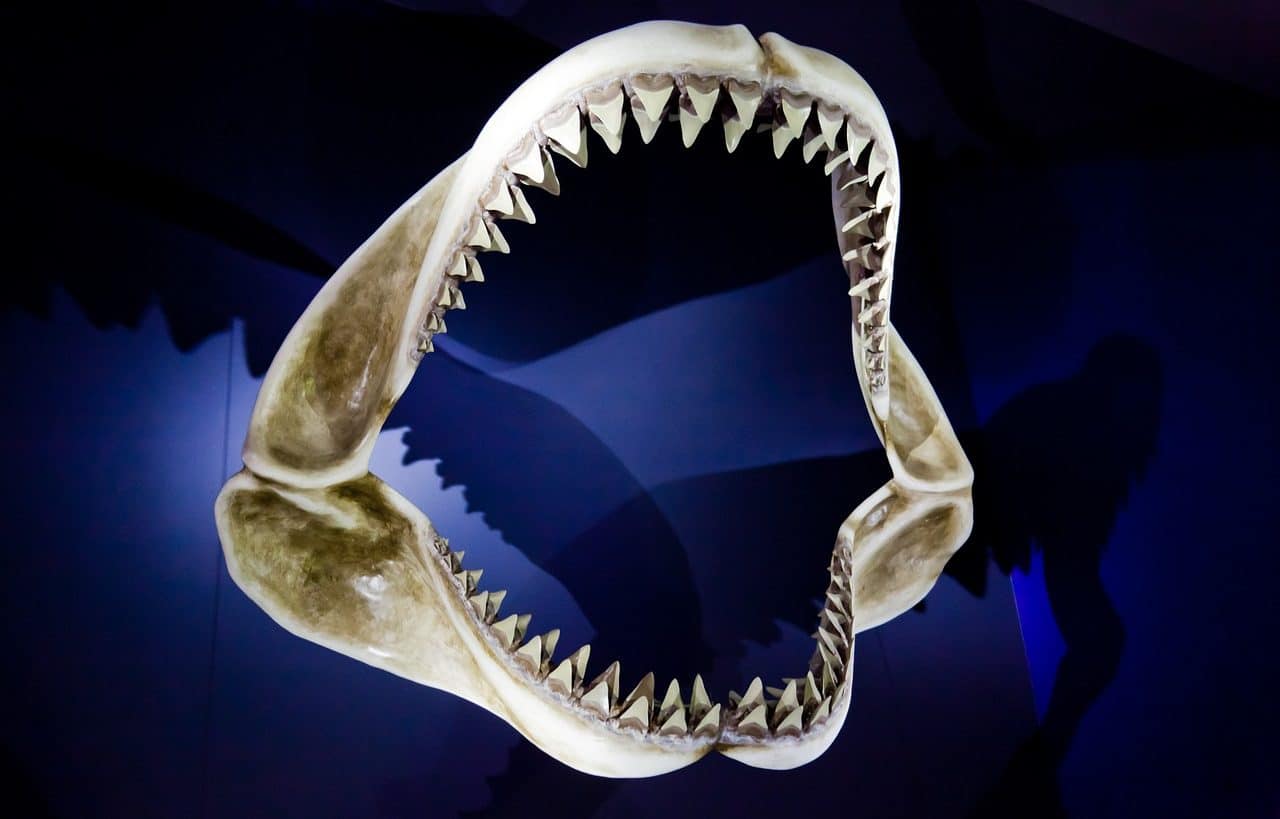
The jaw is associated with the jaws of vertebrate animals.
Quijada is a term in our language that can be used with reference to different issues. Its etymological origin is found in the Latin word c apseum.
The jaw, for example, is the name given to each jaw of a vertebrate animal . In this sense, it is a flat and dense bone with a horseshoe appearance that is part of the mouth and in which the teeth are located.
Jaw disorders
A person can suffer from various disorders in the jaw: due to problems in the joints and ligaments, it can even get stuck without the subject being able to open or close the mouth normally.
Although the term can be used to talk about the jaw of a vertebrate being, the preferred word in formal language is mandible , making the pertinent distinction between the lower and upper jaw, and jaw is usually used more frequently to describe the appearance of a person. that has this prominent or distinctive body part.

It is possible to suffer from different jaw disorders.
a musical instrument
There is, on the other hand, a percussion musical instrument that is also known as a jawbone. Its name comes from the fact that it is made from the jawbone of a horse, a cow or a donkey. To be used as an instrument , the jawbone is boiled and dried to loosen the molar teeth, causing chattering or vibration.
The jaw can be touched in two very different ways: with palm blows on the last part of the jaw or by rubbing a wooden stick on the teeth. The first technique, which can also be done with the side of the fist, makes the teeth vibrate and produces a sound similar to that of the maraca, while the second could be compared to other scratching instruments, such as the güirro, from Panama . In several traditional Latin American dances it is used to set the rhythm and accompany a melody.
The wooden stick that can be used to play the quijada is known as the carrasca , a term that probably derived from the sound it produces when rubbed against the instrument.
Uses of the jawbone
The quijada is widely used in several Latin American countries to set music to religious festivals and carnivals, especially during marches; forming an essential part of the following expressions:
- The music of Mexico , such as the son afromestizo of Costa Chica (genre of dance and music) and the son jarocho (originally from the colonial era and with a great role in the traditional fandango festival, where zapateada dance , music are combined , poetry and singing).
- The music of the southern and central coast of the Republic of Peru , called Afro-Peruvian , since it was born with the arrival to the American continent of the African conquerors and slaves, which is why it presents a wide range of sounds that combine its European influences and African music mixed with Peruvian music until the time of the Conquest.
- El torbellino de Colombia , a tune typical of family and religious festivals , which also combines dance and music and takes on different forms depending on the occasion.
- Chilote music , from Chile , whose richness is due in part to its versatility, which has allowed it to incorporate elements from other styles without losing its essence. Among its first influences are the chaconne and the parade , brought by the conquistadors.
- The sounds of the Dominican Republic and the music of Belize and Guatemala .
A cut of meat
Quijada, also known in this case as charcha or tapapecho , is a cut of beef or pork . This is the fleshy and muscular part close to the aforementioned bone.
Various recipes are made with this cut of meat since, with proper preparation, it is juicy and tender. The jawbone is used, for example, to make stews .
